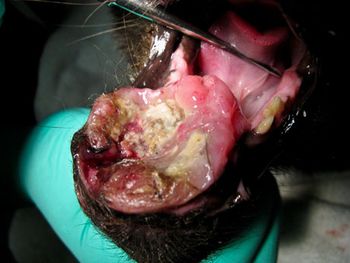
Veterinarians and pet owners alike often deal with unanswered questions and difficult decisions when it comes to dentistry.
Dr. Brett Beckman holds advanced degrees as a fellow in the Academy of Veterinary Dentistry, diplomate of the American Veterinary Dental College and a diplomate of the American Academy of Pain Management. He has published numerous peer-reviewed articles in the field of veterinary dentistry, oral surgery and pain management. He owns and operates a companion animal and referral dentistry and oral surgery practice in Punta Gorda, Fla., and sees referral cases at Affiliated Veterinary Specialists in Orlando, Fla., and at Georgia Veterinary Specialists in Atlanta. He lectures internationally on topics related to dentistry and pain management and operates the Veterinary Dental Education Center in Punta Gorda, Fla. For more information go to www.veterinarydentistry.net

Veterinarians and pet owners alike often deal with unanswered questions and difficult decisions when it comes to dentistry.
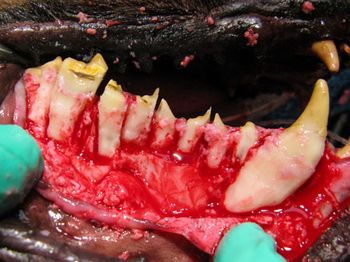
Unexpected complications can surprise even experienced veterinary specialists. Consider referring complex surgery cases to avoid taking on more than you bargained for.
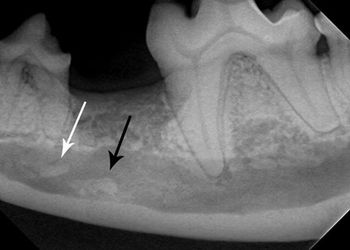
Periodontal disease is common in veterinary medicine and often requires surgical intervention. But some cases are more challenging than others-and knowing when to refer is key for good outcomes.
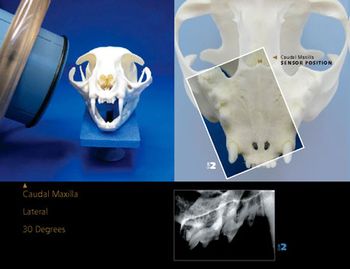
From creating a good digital radiography template to making sure all pathology is detected, Dr. Beckman has the answers you need.
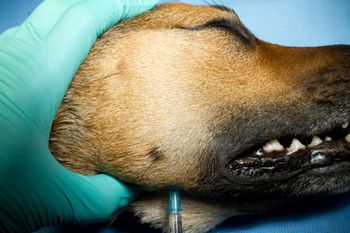
Get answers to your most commonly asked questions about two essential components of dental care in veterinary patients.
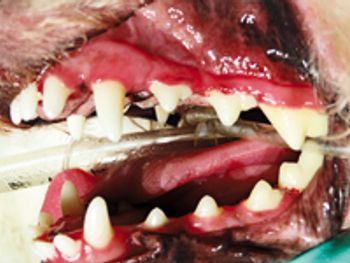
Common veterinary inquiries from lectures about marketing, client compliance and much more.
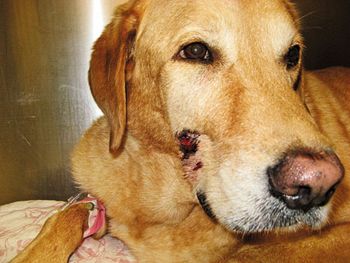
Why you and your team need to adopt a new term-COHAT-to encompass all the facets of regular dental care.
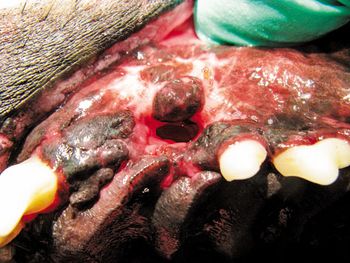
Five case studies that highlight the importance of timely veterinary dental referrals.
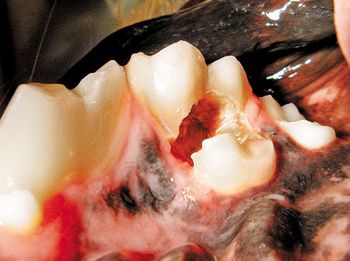
Canines' canines are often unaffected, but be on the lookout for this condition in other dentition.
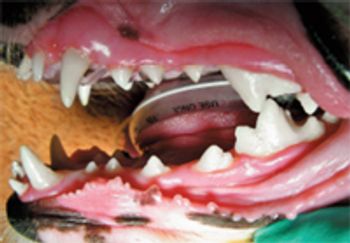
Make sure you know the best way to treat these discolorations that can signify severe disease.
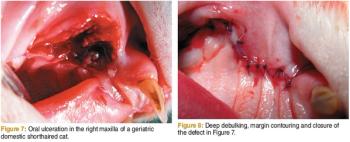
Tips for catching this invasive neoplasia as early as possible.

Change your practice's approach to National Pet Dental Health Month.
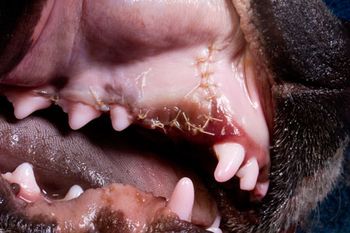
Follow this straightforward, step-by-step guide to remove this large-rooted tooth by creating a mucoperiosteal flap.

Veterinary dentist Dr. Brett Beckman shows you how to perform four different nerve block techniques that affect different areas of the oral cavity.

Try these quick and easy pain management techniques for oral surgery.
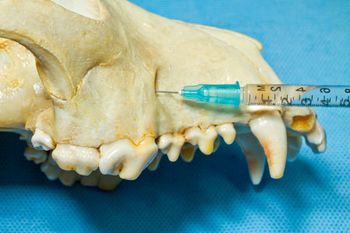
This block provides analgesia to the incisors, canine, and first three premolar teeth of the corresponding side.
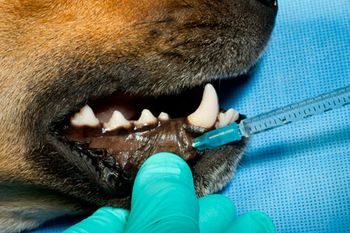
This block affects the incisors and canine tooth of the corresponding side along with the adjacent bone and soft tissues.
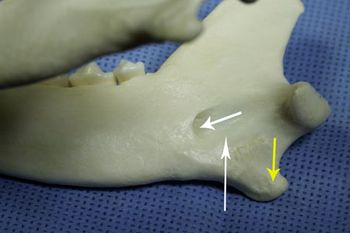
This block affects all mandibular teeth, mandibular bone, and soft tissue on the corresponding side rostral to the injection site.
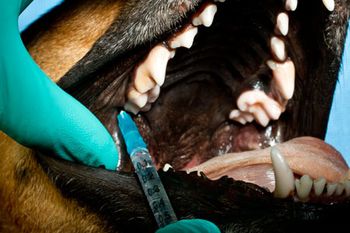
This blocks the bones, teeth, and soft tissues of the upper jaw.
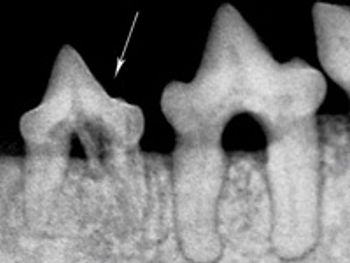
Evaluation and treatment of these all-too-common oral defects.
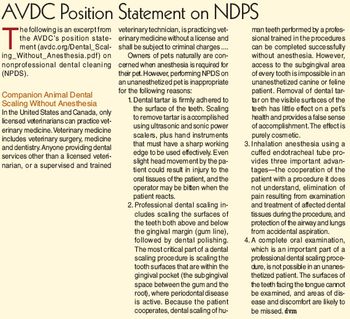
Nonprofessional dental scaling misses serious disease below the gum line and can damage teeth.

Two case examples display how radiography can reveal hidden pathology.
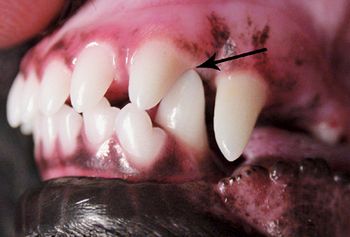
While an uncommon option, odontoplasty can resolve some cases.
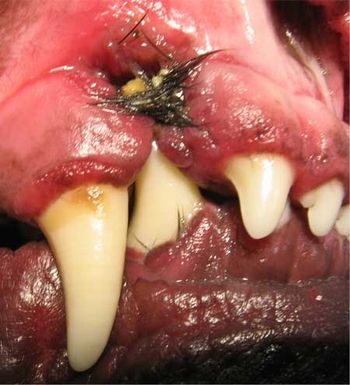
Learn about the multiple options available to treat this condition.

When teeth don't line up correctly, pain and further dental problems are likely.
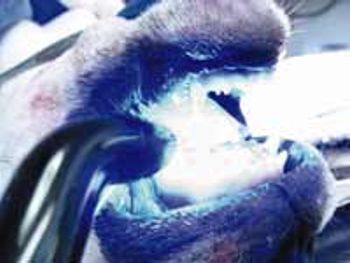
Continuing chronicles illuminating repair techniques used in this particularly challenging case.
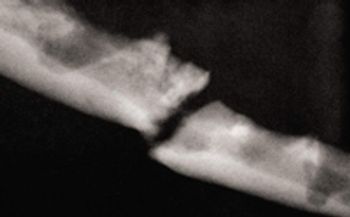
Chronicling the progression of periodontal bone destruction resulting in mandibular fractures in a dog.
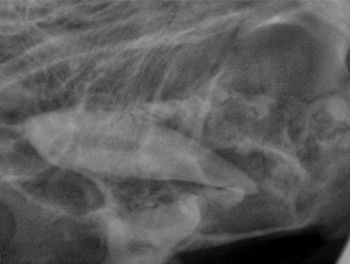
Discover why this feline is missing a canine.

Extractions of teeth in dogs and cats are commonly categorized as simple or surgical, Surgical extractions involve periodontal flaps and the removal of bone to expose tooth roots. Simple extractions in some cases are not always simple as their name implies. Fractures during extraction may require surgical methods to complete the procedure.

Correct management of periodontal patients in veterinary practice demands a thorough understanding of veterinary dental radiographic anatomy, periodontal probing and many times open evaluation and direct visualization of diseased areas. Stage III periodontal disease in particular requires advanced skills and familiarization with periodontal pathophysiology to make decisions to attempt to grow new supportive tissue adjacent to compromised teeth or extract them.
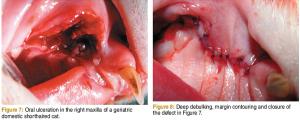
Published: May 1st 2012 | Updated:
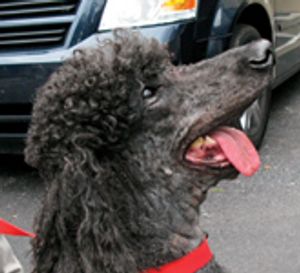
Published: July 1st 2010 | Updated:
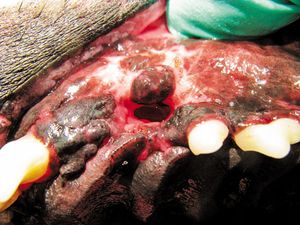
Published: November 16th 2012 | Updated:
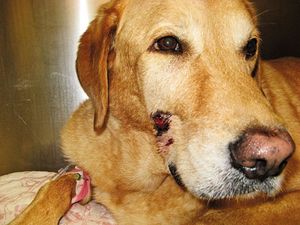
Published: January 23rd 2013 | Updated:
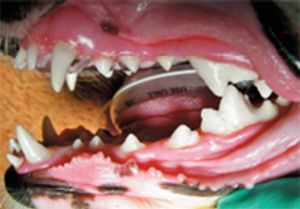
Published: July 1st 2012 | Updated:
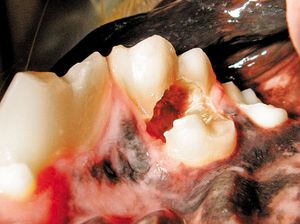
Published: September 27th 2012 | Updated: